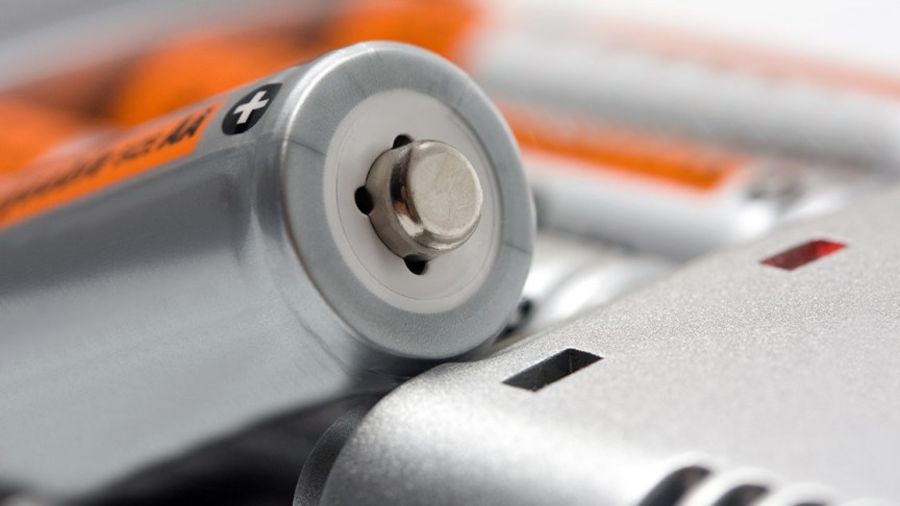
The newly developed sodium-ion battery can store the same energy as some commercial lithium-ion batteries.
Sodium-ion batteries are an attractive alternative to lithium-ion batteries for several reasons. Sodium is not a limited resource, however, it is abundant in the earth's crust as well as in seawater. The research team from Pacific Northwest National Laboratory (PNNL) and Washington State University (WSU) has developed a sodium-ion battery that works and holds as much energy as lithium-ion batteries. It could be a promising battery technology made from cheap and abundant materials. The team has reported one of the best outcomes for sodium-ion batteries. The research was published in the ACS Energy Letters journal.
The newly developed sodium-ion battery can store the same energy as some commercial lithium-ion batteries. Sodium-ion batteries offer many advantages because they have been made from abundant and cheap materials. By bouncing ions between a pair of electrodes sodium-ion batteries generate power. However, a problem with them in their current form is that when it is moving on inert sodium crystals, a negatively charged electrode forms on the surface, the cathode, which kills the battery. Moreover, sodium-based ion batteries do not hold as much energy as their lithium-ion counterparts. The researchers believe they have come up with promising solutions to solve such problems.
According to the lead author of the study, Junhua Song, the main challenge for the sodium-ion battery is to have both a good cycle life and high energy density. The team plans to produce a liquid electrolyte and a cathode made of layered metal oxides with high concentrations of sodium ions. This is led to a much smoother interaction between the cathode and the electrolyte, allowing the constant movement of sodium ions and avoided causing the perturbation of inert crystals on the cathode surface. The researchers found that the batter maintained around 80% of its charge even after 1,000 cycles. Now, the team plans to improve the design further to avoid the use of other rare metals such as cobalt.






